
Personality Test: The First Image You See Reveals Aspects of Your Personality
Personality Test: The First Image You See Reveals Aspects of Your Personality
Not fully understanding yourself is more common than you might think. One thing is certain—throughout your life, you will continually seek to explore and uncover who you truly are.

However, many aspects of your personality are deeply hidden. That’s why it’s easier to make progress with a little help. This personality test can give you insights and speed up the process.
What is the first image you see?
Do you think the cat is going up or down the stairs?
-
The cat is going up the stairs:
You are someone who doesn’t focus much on details. You may be a bit messy and naive. You believe what you see, and this makes you love your life as it is. -
The cat is going down the stairs:
You are thoughtful and highly intuitive. You pay close attention to details and enjoy taking on challenges.
News in the same category


If you know what this is, you had a very wild chilhood
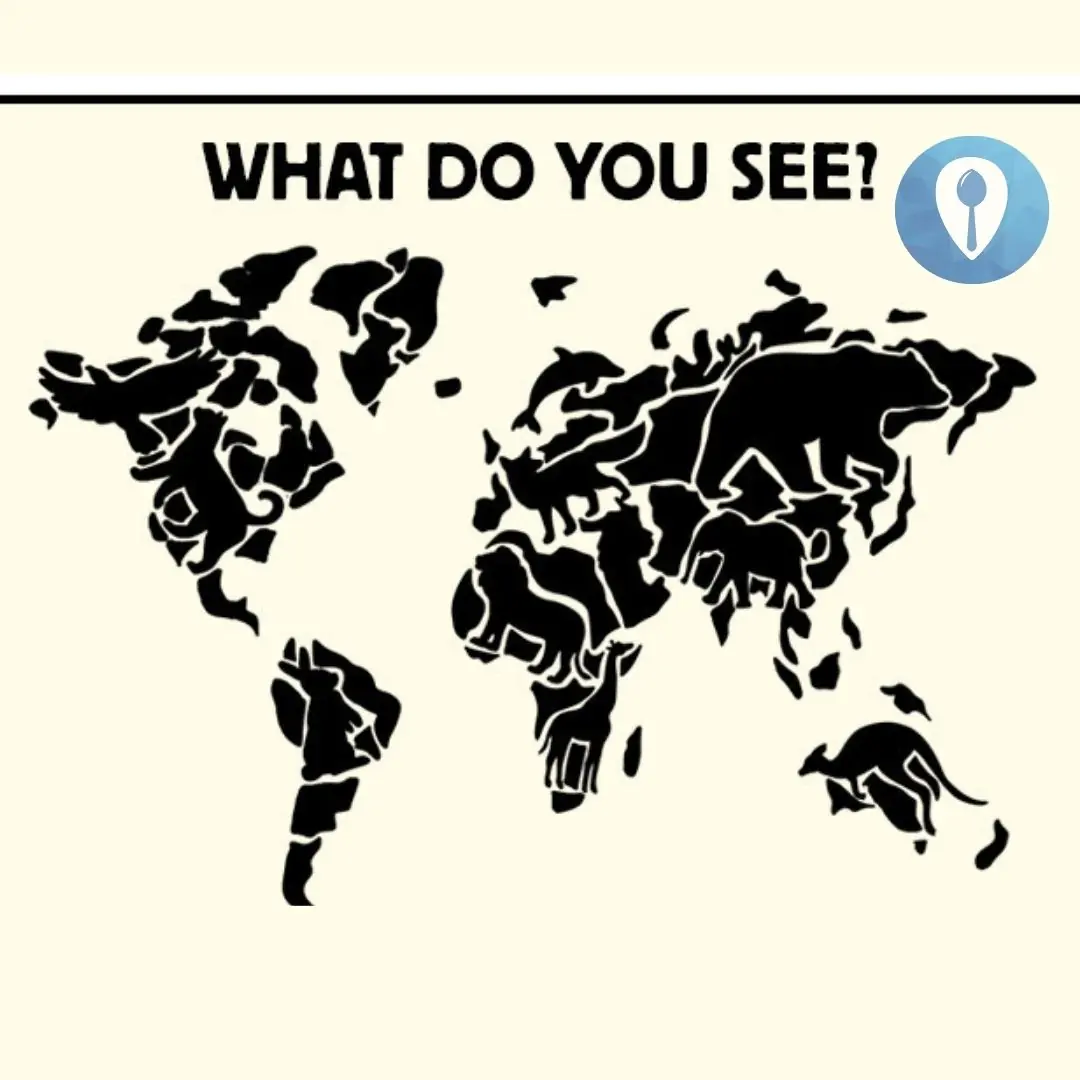
What Animal You See First Will Reveal Your Anger Trigger

This key only opens one of the five cars — can you guess which one?

People Are Desperately Searching for It — But Only a Few Know Where to Find It!
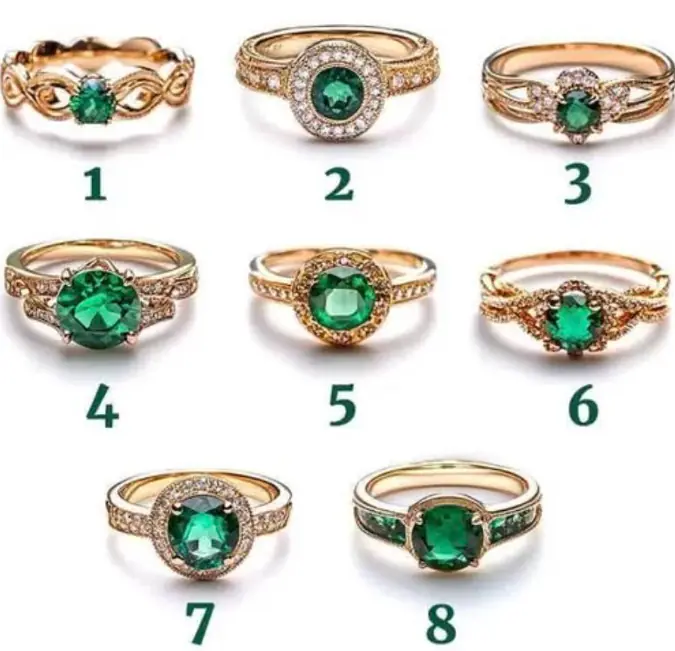
The ring you pick will reveal your truest trait
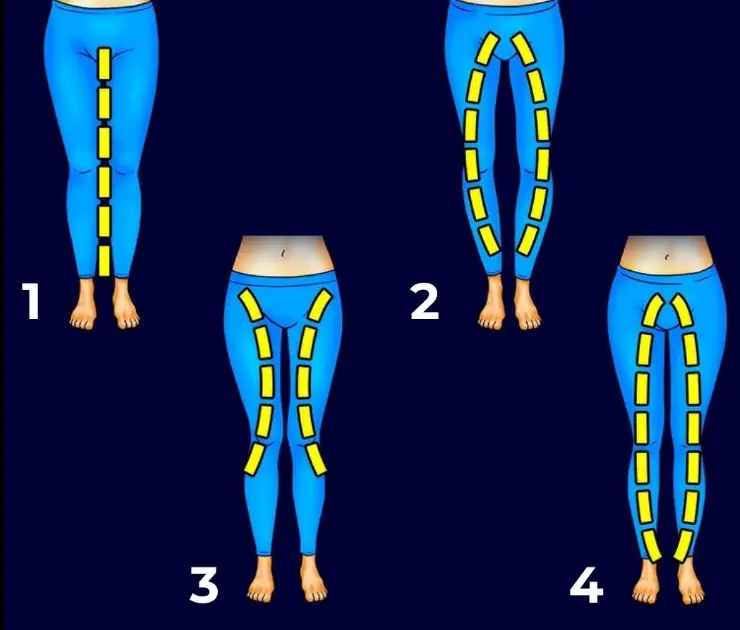
What your leg shape might reveal about your personality?
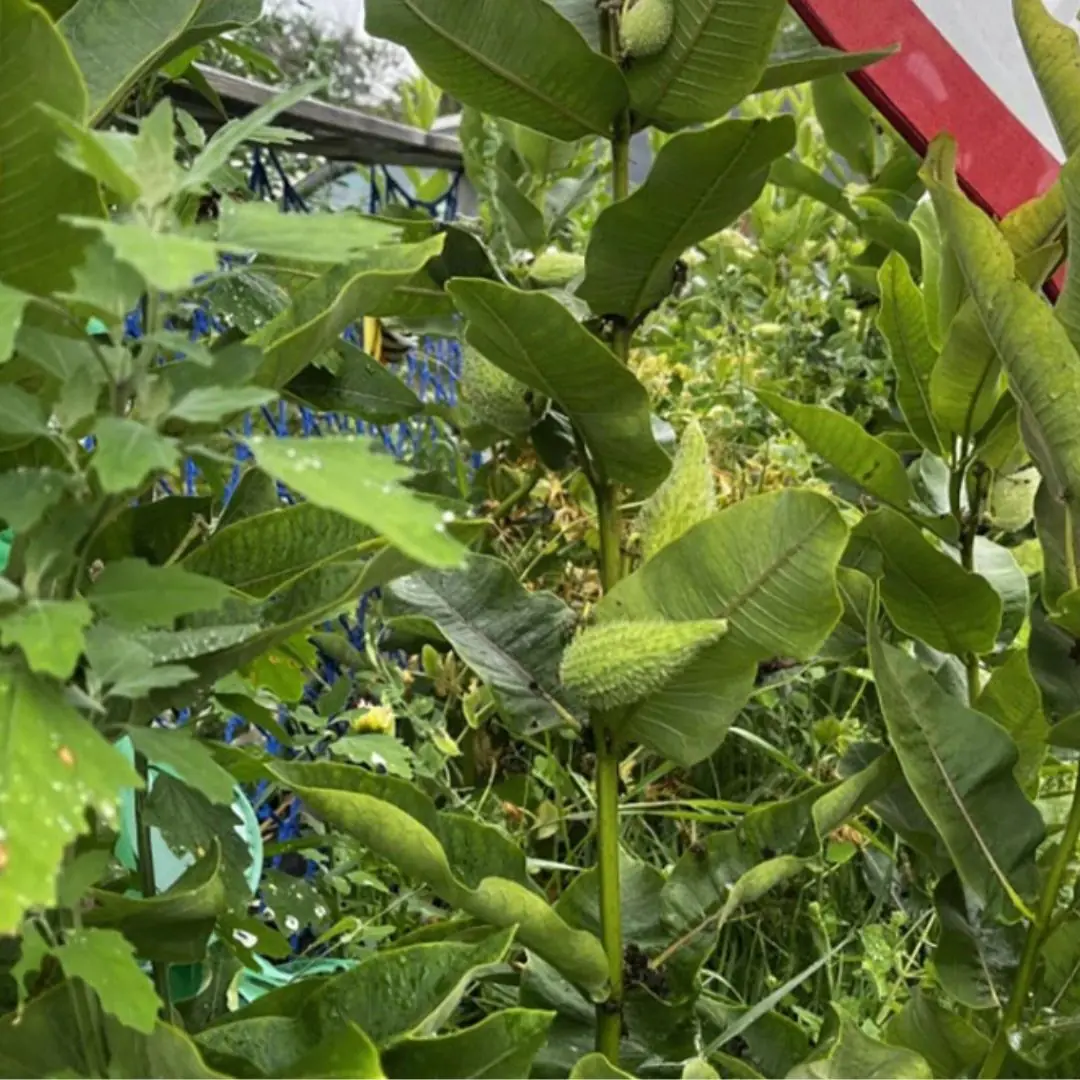
Most of you can't find the frog hiding in the picture, what about you?

Son took his mother to a nursing home and only visited her from time to time

Ring Finger Length Reveals Interesting Personality Traits
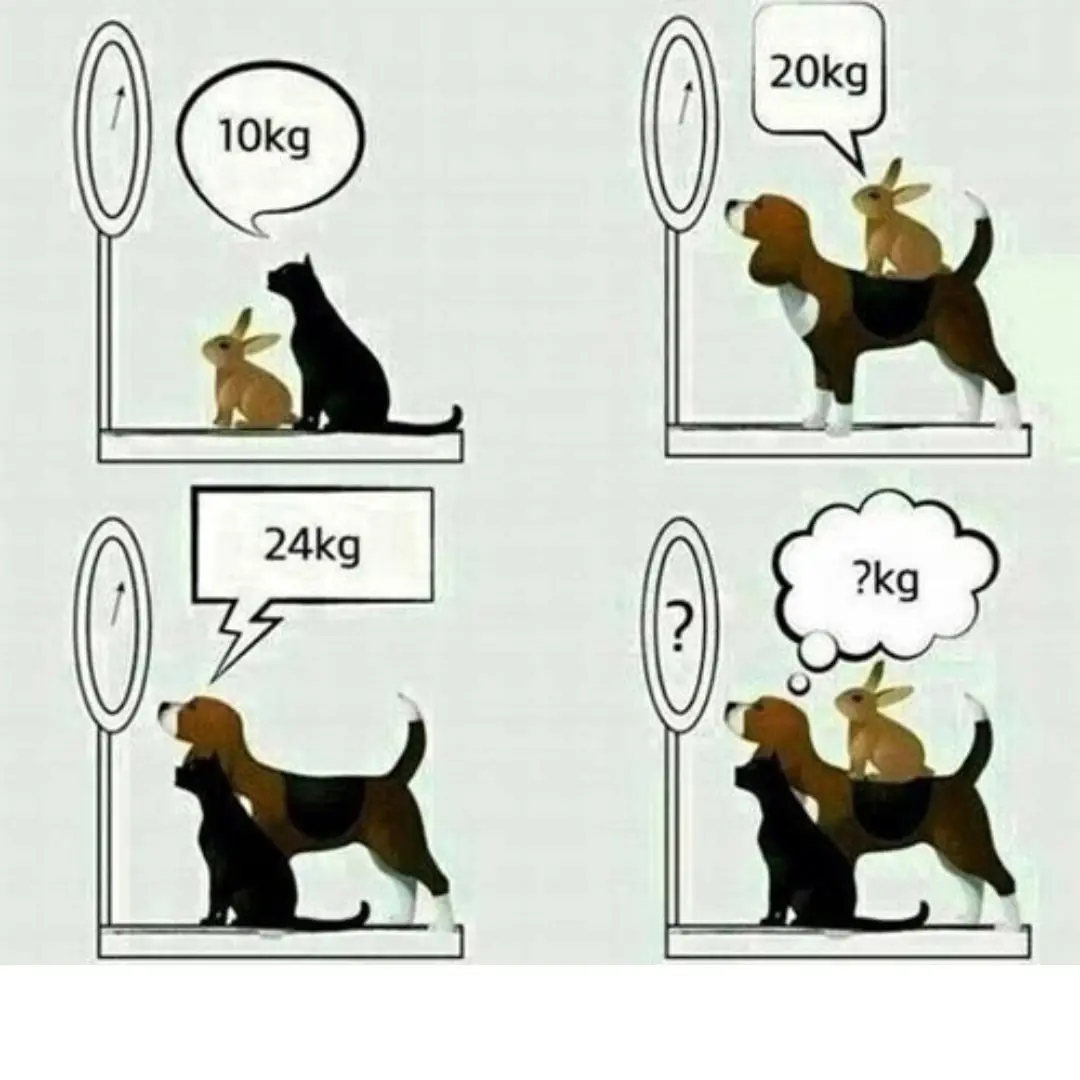
What is the total weig.ht of the 3 animals?
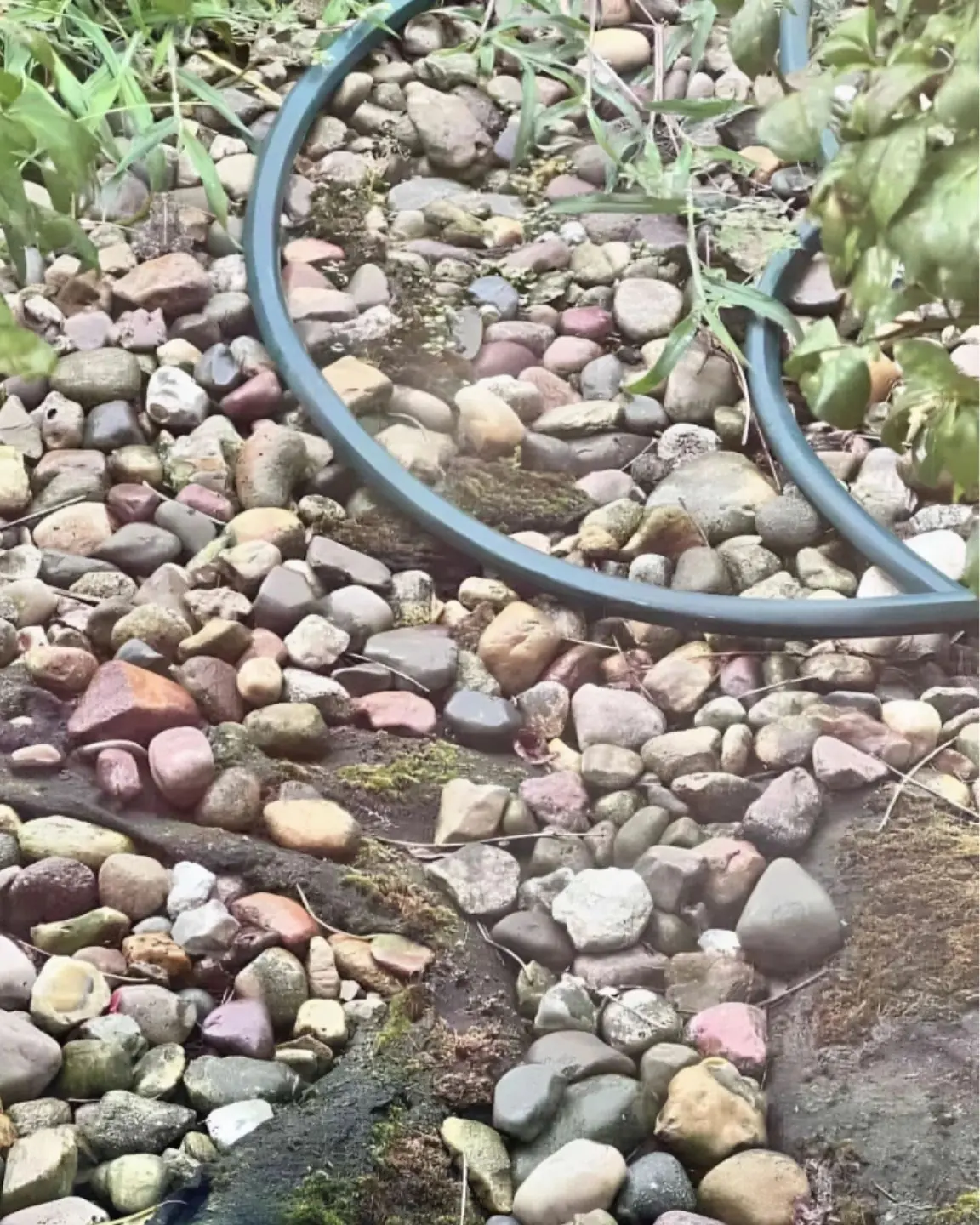
You only have 5 seconds! Where is the frog hiding, do you see?

Where is the 4th cat?
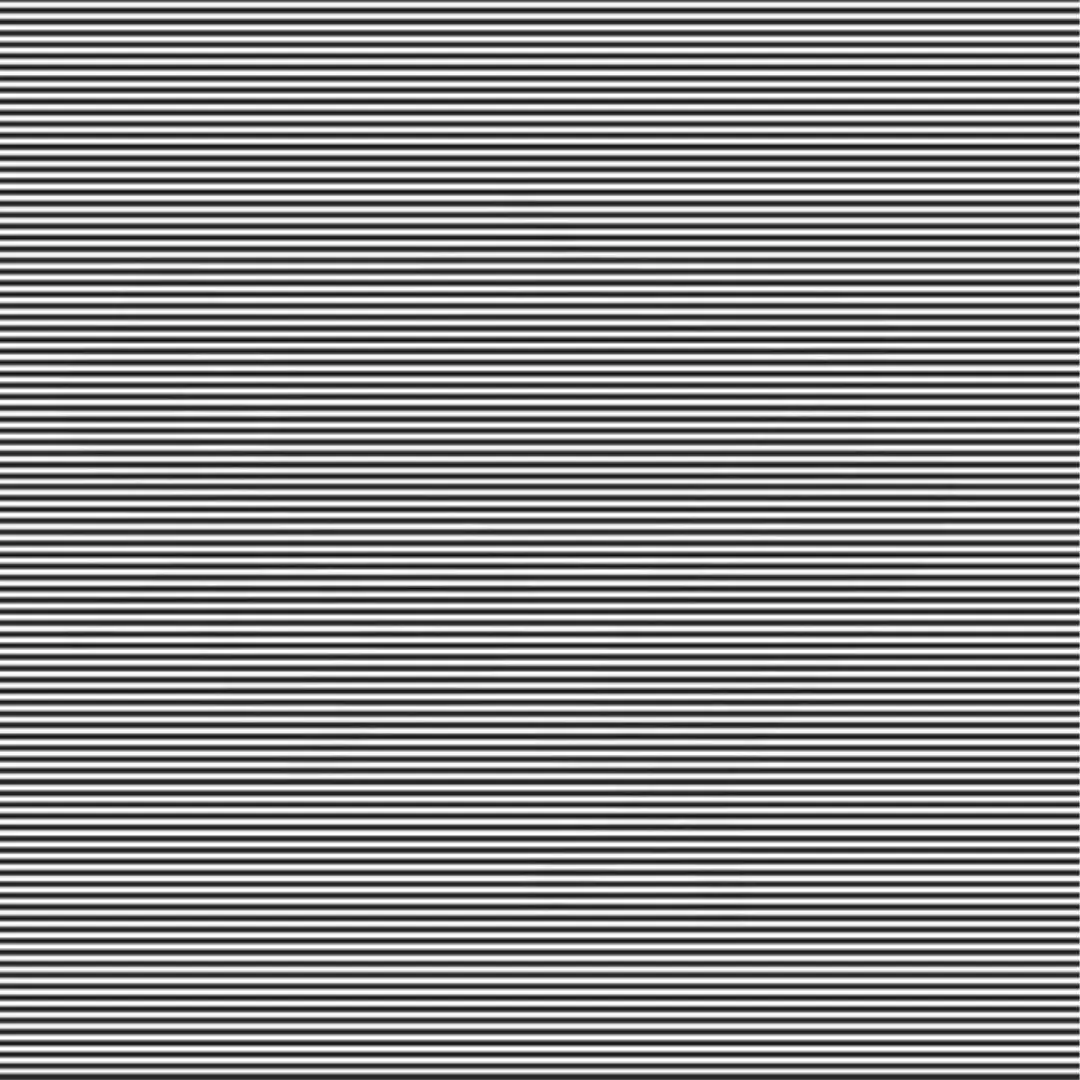
Squint your eyes and guess what animals are hiding behind these illusions

Only 1% of people guess correctly this fruit associated with childhood – are you one of them?

Can you spot the two ch.il.dren hidden in the picture?
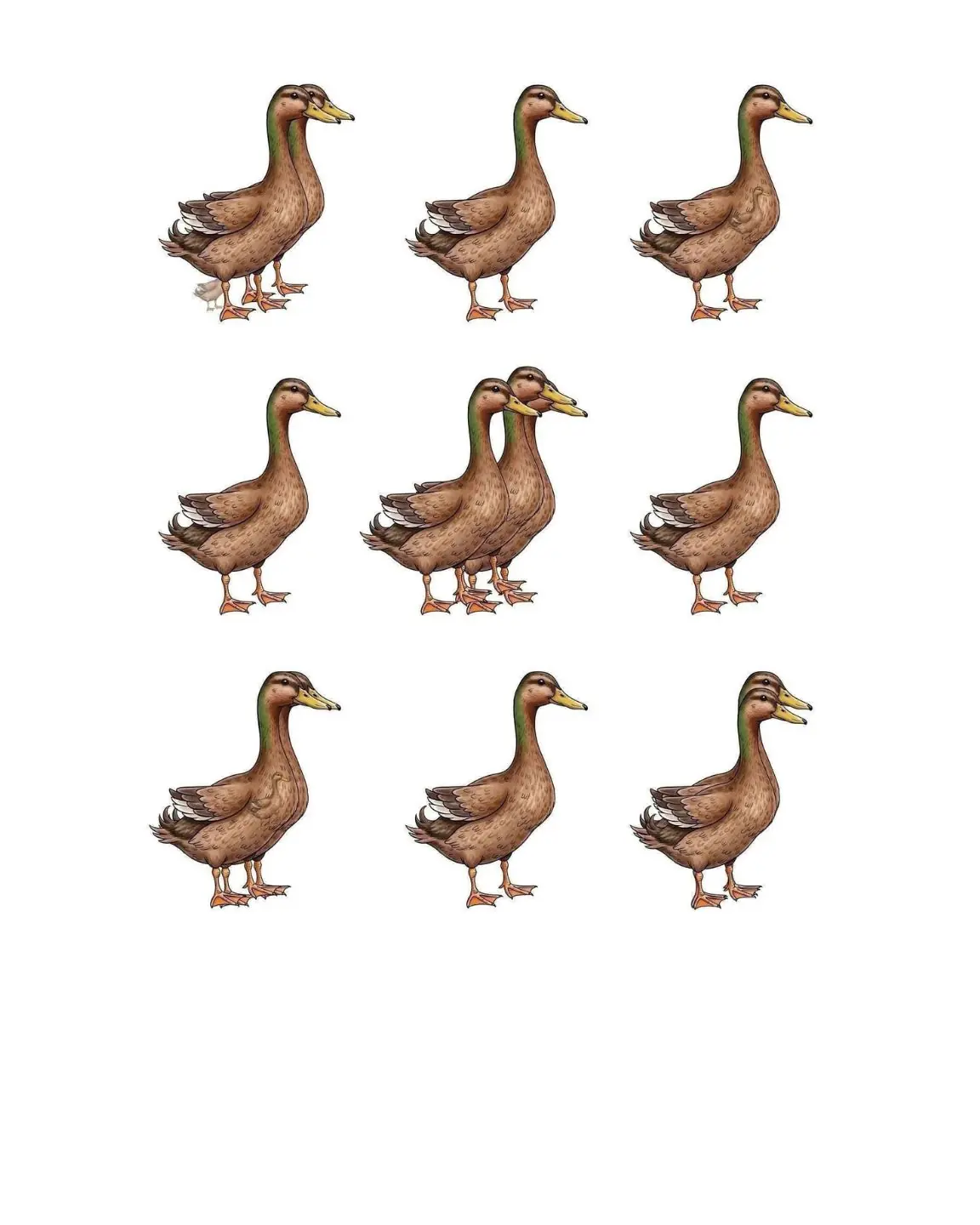
I spotted 10 ducks—did you get the same number?
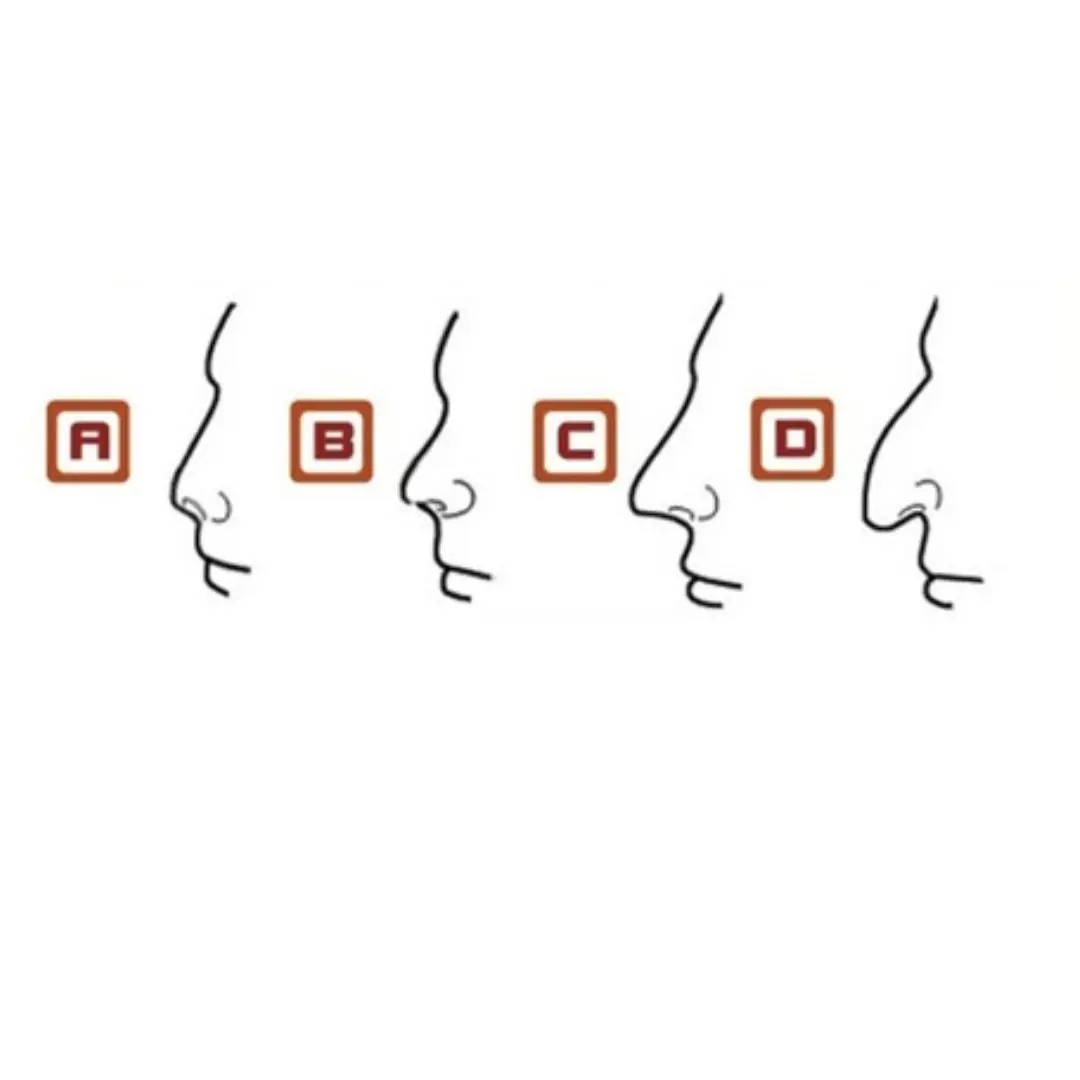
Look at the shape of your nose to predict your destiny and fortune for life

Only people with outstanding thinking can find the answer!
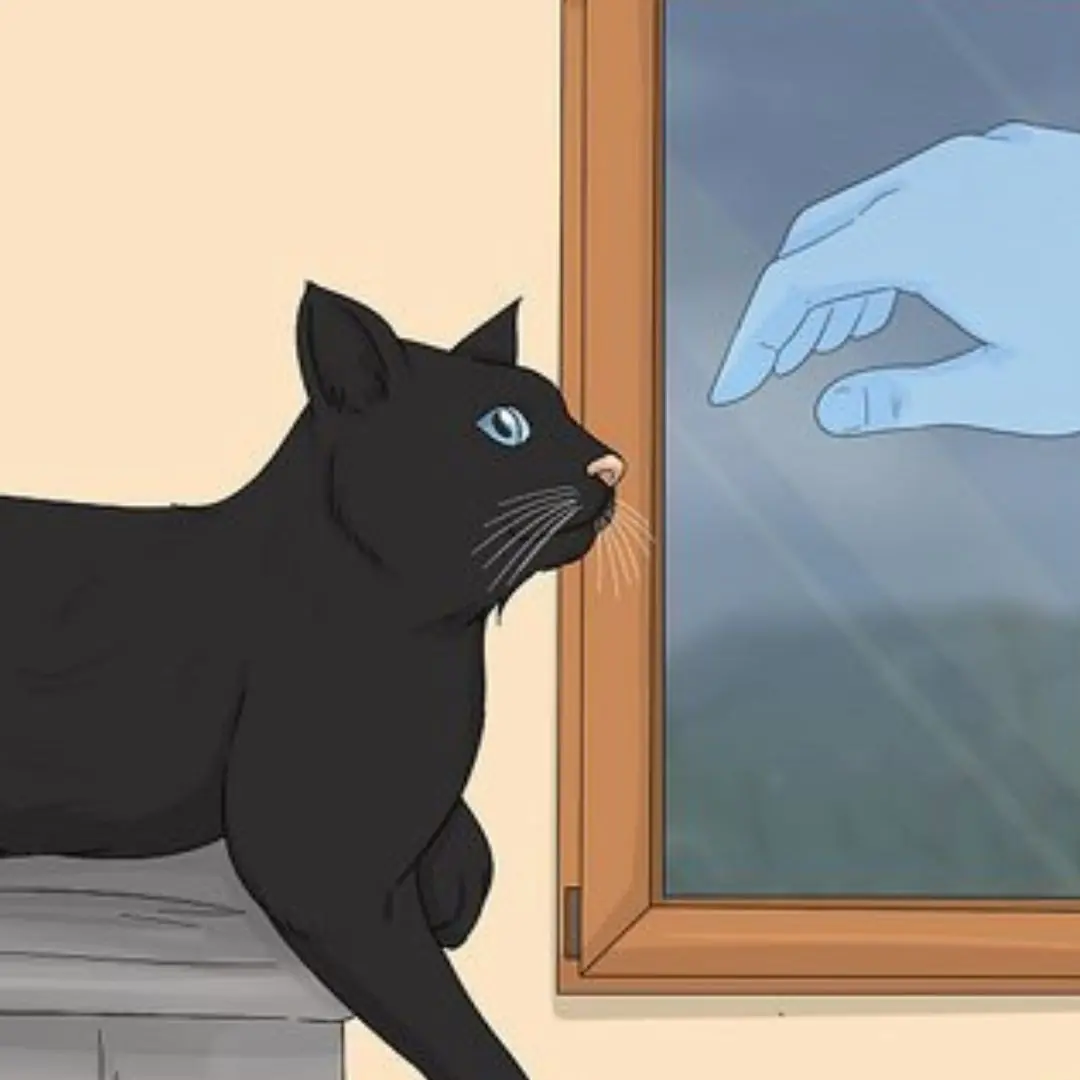
What Is the Spiritual Significance of a Black Cat?
News Post

8 signs of kidney failure that if ignored may require lifelong dialysis

7 Warnings Your Body Gives You When You're Too Stressed

Remember the early signs of nasopharyngeal c.a.ncer, the chance of survival is up to 72%

3 Signs Your Parent May Be Nearing the End of Life — How to Prepare for What’s Ahead

A Doctor On TikTok Explains The Risks Of Kissing Dying People

Two Parts of Pork You Should Avoid: Potential Health Risks Many People Overlook

9 Silent Signs of a Brain Blood Clot That May Appear Weeks Before a Stroke

Regular Yogurt Consumption Linked to Reduced Chronic Inflammation

Crispy Golden Crab Cakes

High-Dose Nattokinase Reduces Carotid Plaque Size and Arterial Thickness in 12-Month Clinical Study

Why Some People in Their Early 40s Start to Develop an ‘Old-Age Smell’ — And It Has Nothing to Do With Hygiene

51-Year-Old Man Declared Cured of HIV Following Stem Cell Transplant for Leukaemia

4 Early Symptoms of Stage 1–2 Liver Can.cer: Early Detection Can Save Lives

Modified CAR T-Cell Therapy Successfully Eliminates Solid Prostate Tumors in Mice
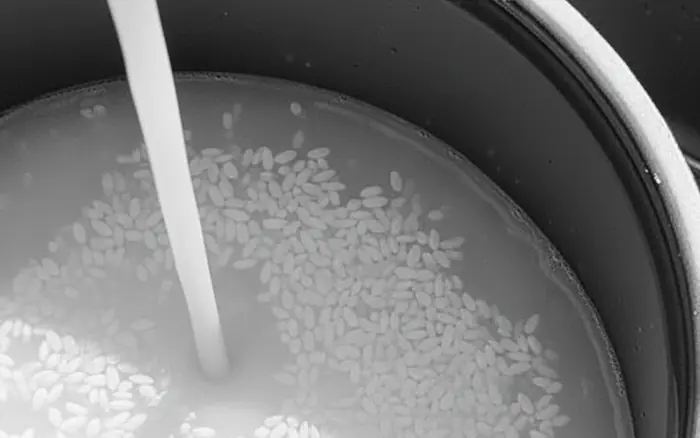
Cooking Rice with This Milky-White Liquid Is Far Better Than Using Plain Water: Tastier Rice, Better Skin, and Protection Against Many Diseases

Around 15 minutes before a stroke, the body may show four obvious warning signs call someone right away for help.

4 habits that can make your body age quickly

Healthy Beef, Sweet Potato & Avocado Protein Bowl

The No.1 Hidden Culprit Behind Rising Can.cer Rates: Many Families Are Unknowingly Exposed
